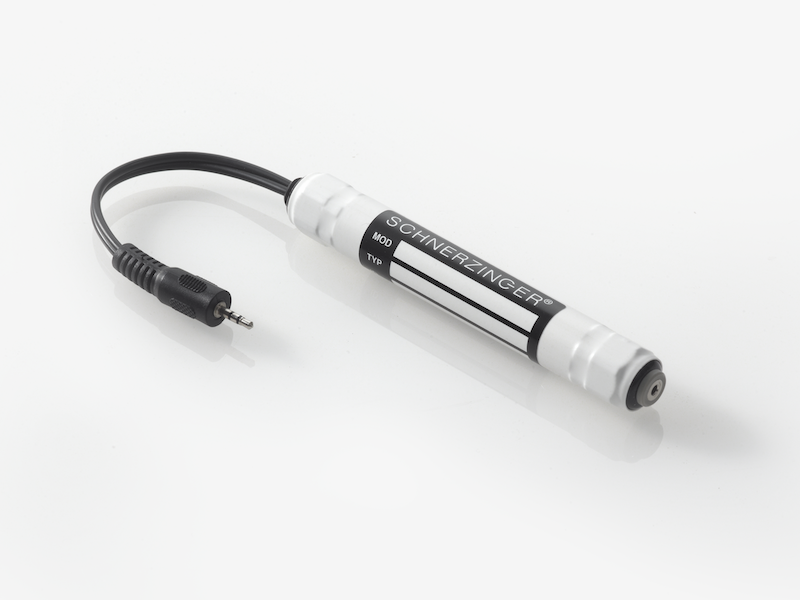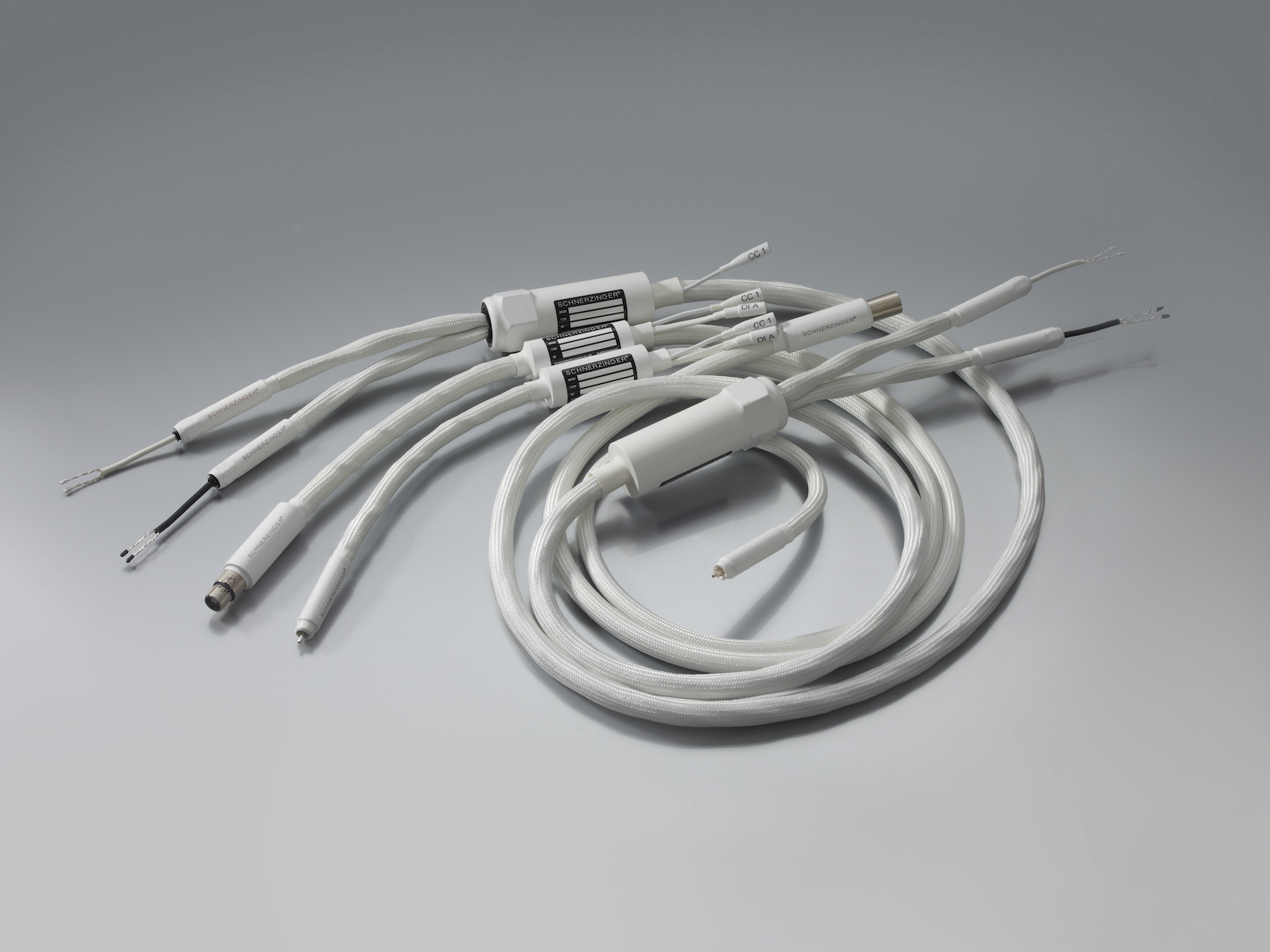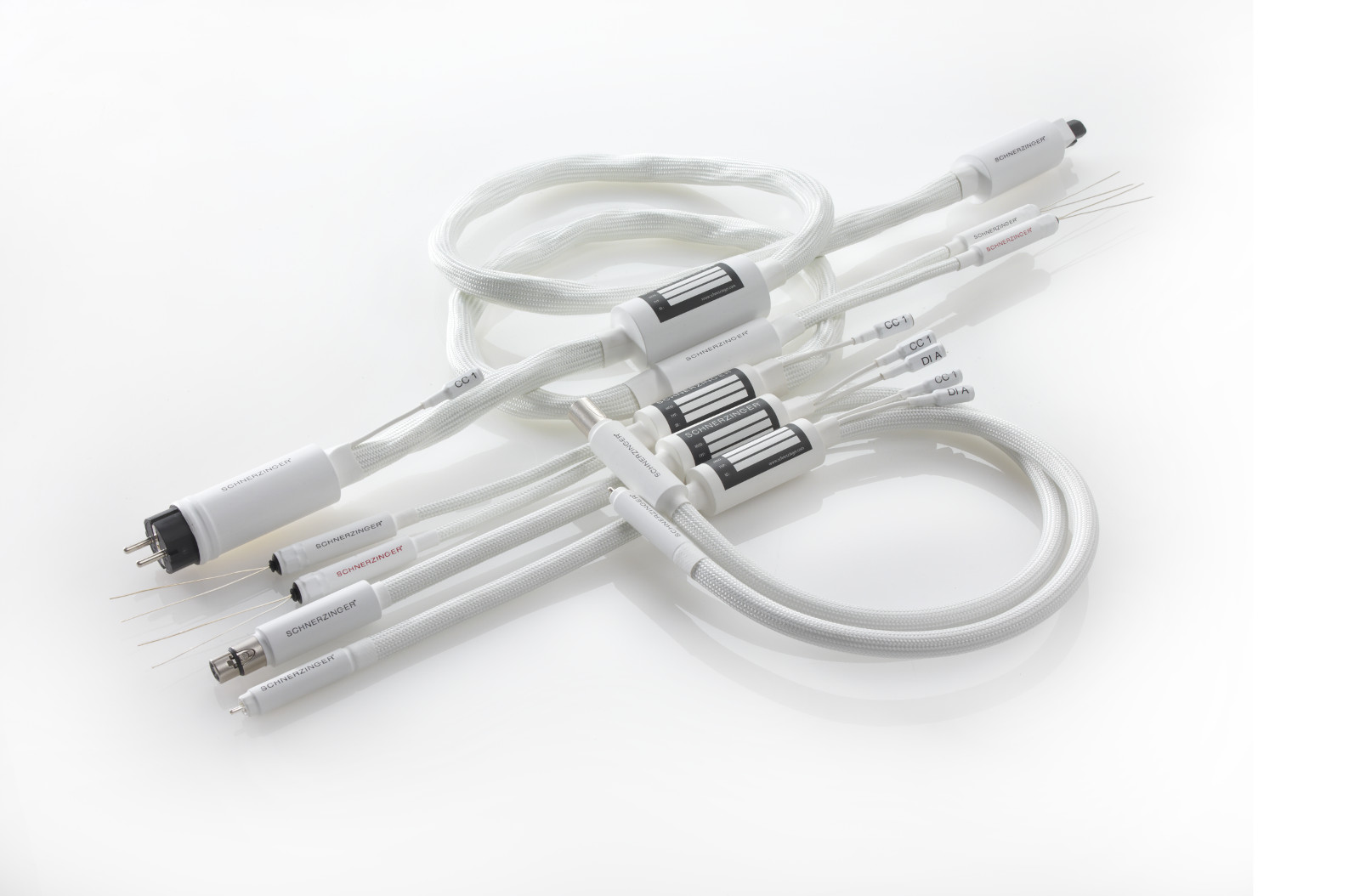Precise & fine-drawing resolution
The new introduction has it all and could take many HiFi rooms by storm. With its boundless resolution and unwavering authority, the RESOLUTION Line is already another milestone in the history of Schnerzinger. The terms resolving, spirited, fast, driving, precise and incredibly spatial probably most accurately describe the characteristics of the new cables. At the same time, any unwanted analytics are omitted.
It goes without saying that ATOMIC BONDING and BIDIRECTIONAL BARRIERS are also essential for this new cable line as a decisive factor for success.
Atomic
Bonding
Bidirectional
Barrier
Four
Grades
RESOLUTION LINE - unmatched musical resolution & uncompromising authority
Most effective signal protection
For the first time, SCHNERZINGER offers the new SIGNAL PROTECTOR as an optional accessory for the RESOLUTION LINE: an effective power amplifier for diverting internal interference fields that have penetrated the signal path to the outside.
The SIGNAL PROTECTOR combats the electrical interference fields penetrated via mixed cables or hi-fi equipment, defuses and de-stresses the upper frequency range and the overtone spectrum. It thus enables the incomparable naturalness of the reproduction with the highest possible resolution at the same time.
Conclusion: the probably "most honest" cable from Schnerzinger to make HiFi addicts happy











